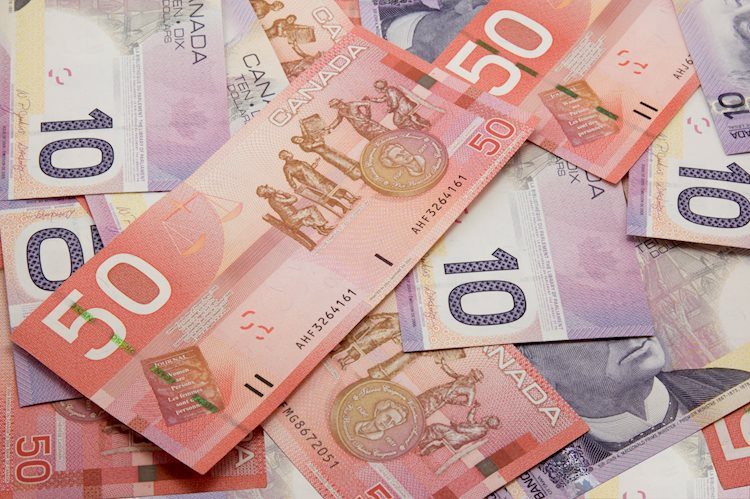The USD/CAD currency pair has maintained its position near a three-month high at 1.3940, which was achieved in the previous session. On Thursday, the pair was trading around 1.3920 during the European session. This rise in the pair could be attributed to the strength of the US Dollar (USD) as investors remain cautious amidst uncertainty surrounding the upcoming US presidential election. Traders are now focusing on key upcoming US data releases, including PCE inflation data on Thursday and Nonfarm Payrolls (NFP) on Friday.
Despite the growth in the US Gross Domestic Product (GDP) annualized rate by 2.8% in Q3, which was below Q2’s 3.0% and forecasted 3.0%, the US Dollar encountered some headwinds. On the positive side, the ADP Employment Change report showed that private businesses in the US added 233,000 workers in October, the highest increase since July 2023. This surpassed the forecast of 115,000 and followed an upward revision to 159,000 in September.
The Canadian Dollar (CAD) may have found support from rising Oil prices, with Canada being the largest crude supplier to the US. The commodity-linked currency was also aided by optimism surrounding US fuel demand after a surprising decline in crude inventories. West Texas Intermediate (WTI) Oil was trading around $68.70 at the time of writing. The US Energy Information Administration reported a decrease of 0.515 million barrels in crude Oil stockpiles for the week ending October 25, contrary to the market’s expectations of a 2.3 million-barrel increase.
Bank of Canada Governor Tiff Macklem testified before the House of Commons Finance Committee on Wednesday regarding the bank’s monetary policy. Macklem stated that if the economy aligned with their forecast, they anticipate reducing the policy rate further to support demand and maintain inflation at the target level. The health of the Canadian Dollar is influenced by various factors such as interest rates set by the Bank of Canada, Oil prices, the health of the Canadian economy, inflation, and the Trade Balance, among others.
The Bank of Canada plays a critical role in determining the value of the Canadian Dollar by setting interest rates that influence lending to banks. The bank aims to maintain inflation within a range of 1-3% by adjusting interest rates accordingly. Higher interest rates are typically positive for the CAD. The BoC can also use quantitative easing or tightening to impact credit conditions, with the former having a negative effect on the CAD and the latter having a positive impact.
The price of Oil is a major factor impacting the value of the Canadian Dollar as Canada’s primary export. Higher Oil prices usually lead to an increase in the CAD value as demand for the currency rises. Conversely, a decrease in Oil prices tends to weaken the CAD. Additionally, higher Oil prices often result in a positive Trade Balance, which further supports the CAD. Macroeconomic indicators like GDP, PMIs, employment data, and consumer sentiment surveys also play a role in affecting the Canadian Dollar’s value. A strong economy can attract more foreign investment, leading to a stronger CAD, while weak economic data could result in a weaker currency.











